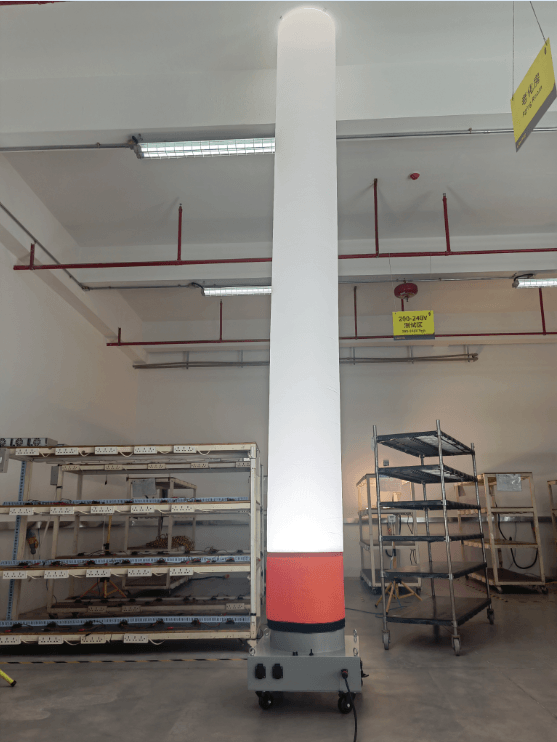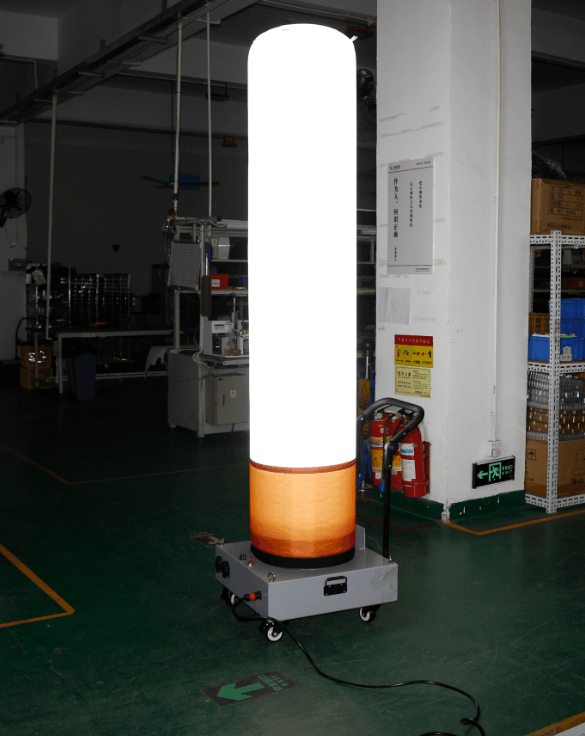In the rapidly advancing lighting industry, a heated debate has emerged: Are LED lights truly emerging as the clear victor over traditional metal halide lamps? Recent developments and technological advancements seem to tip the scales heavily in LED's favor.
Metal halide lamps, once the go - to for high intensity lighting in spaces like sports arenas, industrial facilities, and large parking lots, operate by heating a mixture of gases to produce bright white light. However, they come with significant limitations. They consume substantial amounts of energy, with a relatively short lifespan of 10,000 - 20,000 hours, and require a long warm - up time before reaching full brightness. Additionally, the presence of mercury makes disposal a hazardous and costly affair.

LED lights, on the other hand, have revolutionized the lighting landscape. Boasting an energy efficiency rate that can be up to 80% higher than metal halide lamps, LED lights not only cut down on electricity bills but also reduce carbon footprints. Their lifespan, often exceeding 50,000 hours, means far less frequent replacements, saving both time and money for users. The instant - on feature, along with the ability to precisely control color temperature and intensity, gives LED lights a huge edge in terms of usability.

Moreover, in an era where sustainability is a top priority, the eco - friendliness of LED lights, free from toxic substances, makes them a more responsible choice. While metal halide lamps may still hold some ground in certain specialized applications due to their high initial brightness, the overall performance, cost - effectiveness, and environmental benefits of LED lights suggest that they are indeed well on their way to a decisive victory. As the world continues to embrace green and smart technologies, LED lights seem poised to become the new standard in the lighting industry.